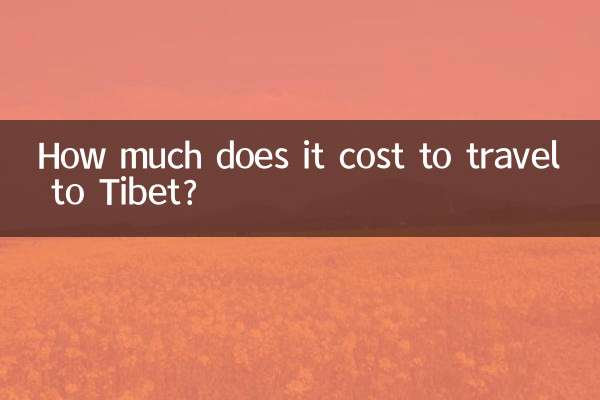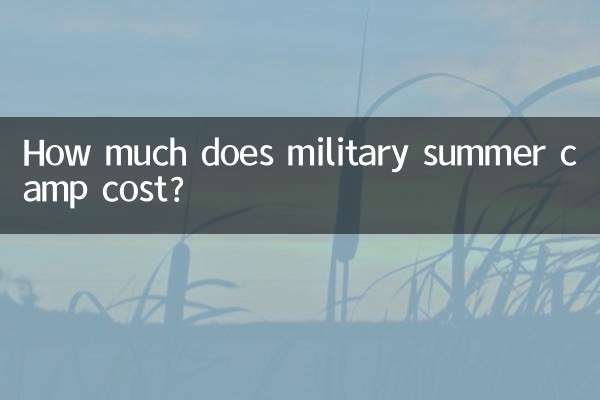How much does a bus in Guangzhou cost: fare analysis and recent hot topics
Recently, bus fares in Guangzhou have become one of the hot topics of public concern. This article will combine the hot topics on the Internet in the past 10 days to provide you with a detailed analysis of Guangzhou's bus fare system, and attach structured data for reference.
1. Guangzhou bus fare system

Guangzhou bus fares vary according to models, routes and payment methods. The following is the current fare classification:
| Car model/line type | base fare | Discount method |
|---|---|---|
| Ordinary buses (non-air-conditioned) | 1 yuan | Cash/Yangchengtong |
| Air-conditioned bus | 2 yuan | Cash/Yangchengtong |
| Night shift line | 3 yuan | Cash/Yangchengtong |
| BRT bus rapid transit | 2 yuan | Free transfer within the station |
| Sectional toll lines | 2-8 yuan | Charge by mileage |
2. Correlation analysis of recent hot topics
By tracking Internet hotspots in the past 10 days, we found the following high-frequency discussions related to Guangzhou Public Transport:
| Hot search keywords | Relevance | focus of discussion |
|---|---|---|
| Guangzhou bus discounts | 85% | Student/elderly discounts |
| Public transportation payment method | 78% | WeChat/Alipay popularity |
| Bus route adjustments | 65% | New lines to be added in 2023 |
| New energy bus | 92% | Progress of electrification transformation |
| bus lane | 71% | Morning and evening peak usage efficiency |
3. Payment methods and preferential policies
Guangzhou Public Transport supports a variety of payment methods, and different groups enjoy different discounts:
| Payment method | Discount margin | Applicable people |
|---|---|---|
| Yangchengtong ordinary card | 9.5% off | all citizens |
| student card | 50% off | Current students |
| Senior Citizen Card | free | Elderly people over 60 years old |
| Disability card | free | Disabled person with certificate |
| WeChat/Alipay | No discount | All users |
4. Current status of new energy bus development
According to the latest statistics, the proportion of new energy buses in Guangzhou has reached 85%. The relevant data are as follows:
| annual | Number of new energy vehicles | Proportion | Emission reduction effect |
|---|---|---|---|
| 2020 | 8,200 vehicles | 65% | Carbon reduction of 120,000 tons |
| 2021 | 9,500 vehicles | 72% | Carbon reduction of 150,000 tons |
| 2022 | 11,000 vehicles | 80% | Carbon reduction of 180,000 tons |
| 2023 | 12,300 vehicles | 85% | Reduce carbon emissions by 200,000 tons |
5. Answers to common questions from citizens
Based on the popularity of online discussions, three high-frequency questions have been sorted out:
Q1: Does Guangzhou Public Transport have a monthly pass system?
A: Currently there is no traditional monthly pass for Guangzhou Public Transport, but a similar effect can be achieved through Yangchengtong's "40% off after 15 times" discount (15% off for the first 15 times per month, and 40% off after the 16th time).
Q2: How to charge for inter-regional buses?
A: Cross-regional lines mostly use segmented fares. For example, the fare for the Guangzhou to Foshan line is usually 4-6 yuan. The specific price is subject to the line announcement.
Q3: Can I enjoy discounts when paying via mobile phone?
A: Using the WeChat/Alipay bus code does not currently provide discounts. It is recommended to apply for a Yangchengtong physical card or a mobile phone virtual card to get the discount.
Conclusion
Guangzhou’s public transportation system continues to optimize its fare system, payment convenience and environmental transformation. Through the structured data display in this article, we hope to help citizens understand bus fare standards more clearly. It is recommended to follow the official WeChat account of "Guangzhou Transportation" to obtain the latest route adjustments and preferential information.

check the details

check the details